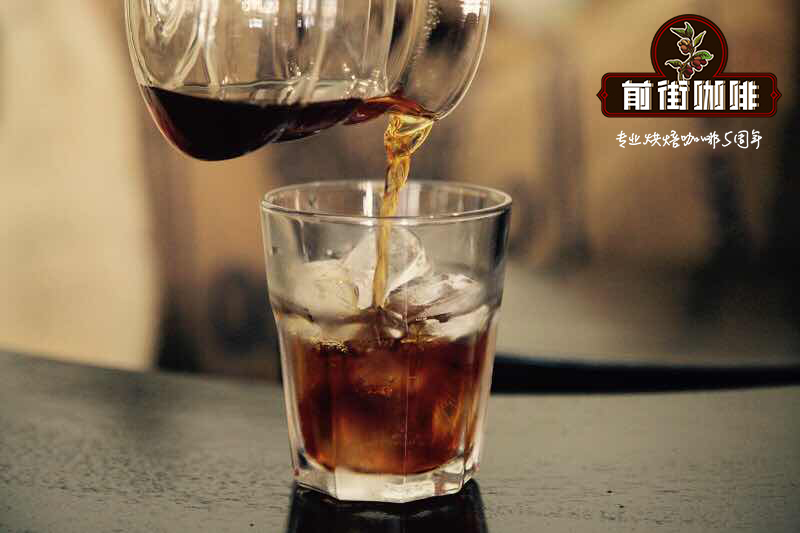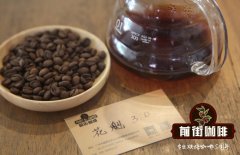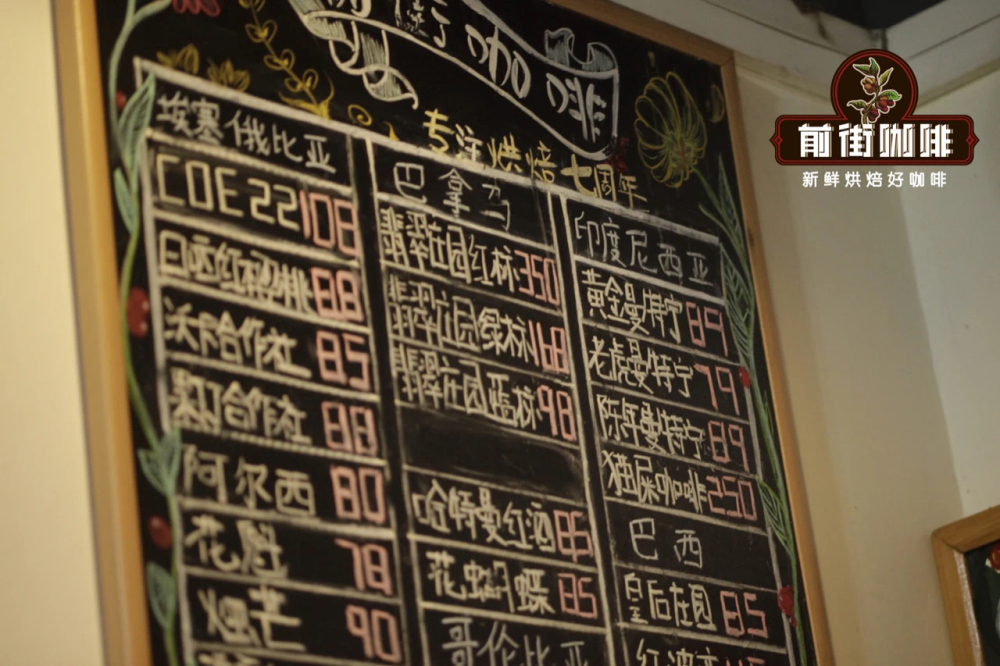Peruvian coffee is fine coffee? Peruvian coffee evaluation is good? Peruvian black coffee bitter?

Professional coffee knowledge exchange more coffee bean information please follow the coffee workshop (Wechat official account cafe_style)
There are not many records about the introduction of coffee into Peru, but we know that it was introduced to Peru in the late 18th century. Most of the coffee grown in Peru is grown on small farms high in the Andes, covering an area of less than 2 to 3 hectares and about 1000 to 1800 meters above sea level. Most farmers are indigenous and speak Spanish as a second language. Their coffee is picked by hand and is usually processed with a small wet mill on the farm. Growers almost always walk long distances to sell coffee to middlemen in commercial centres, usually at relatively low prices. The product may change hands several times between local towns and exporters' factories, and there is a risk of mixing with other coffee, which adds to many challenges for farmers.
Another challenge facing the Peruvian coffee industry is poor roads, isolated locations of many farms and problems related to wet processing and drying. However in recent years the Peruvian Ministry of Agriculture has introduced more modern agricultural methods and encouraged the development of farmers' organizations. This more organized and centralized system, with an emphasis on certified coffee, leads to higher quality coffee, higher demand for Peruvian coffee in the international market and more competitive prices.
Peru is the ninth largest coffee producer in the world, accounting for 2% of global coffee production. It is also one of the leading producers of organic and fair trade certified coffee. The special elevation and abundant shade of the Andes provide an ideal environment for the cultivation of Arabica coffee.
Peru's grading system uses a unique term called "Mechanical cleaning Mejorado" (MCM) to specify a high degree of mechanical classification and preparation before export. The standard Peruvian Grade 1 MCM coffee cup has nutty and chocolate flavors and is usually crisp in acidity, light and medium-bodied with a light finish. Peru produces a wide variety of coffee, from tropical fruits to mellow red wines to sparkling citrus fruits, attracting many buyers who want to energize their products.
END
Important Notice :
前街咖啡 FrontStreet Coffee has moved to new addredd:
FrontStreet Coffee Address: 315,Donghua East Road,GuangZhou
Tel:020 38364473
- Prev

The difference between sun-drying and washing flavor of Yejiaxuefei introduces the reason why coffee beans recommend Yejiaxuefei.
Professional coffee knowledge exchange more coffee bean information please follow the coffee workshop (Wechat official account cafe_style) front street-Yega Xuefei sun, washing flavor difference sharing Yega Xuefei produced in Ethiopia, Africa, is the largest producer of Arabica in Africa, but also the birthplace of coffee trees in the world, Yega producing area can be said to be one of the highest coffee producing areas in the world, coffee bean cultivation
- Next

Introduction to the origin and variety characteristics of Yejashafi coffee beans
Professional coffee knowledge exchange more coffee bean information please follow the coffee workshop (Wechat official account cafe_style) front street-Yega Xuefei variety, grade sharing ECX rating: Ethiopia Mercantile Exchange (theEthiopiaCommodityExchange, with
Related
- Beginners will see the "Coffee pull flower" guide!
- What is the difference between ice blog purified milk and ordinary milk coffee?
- Why is the Philippines the largest producer of crops in Liberia?
- For coffee extraction, should the fine powder be retained?
- How does extracted espresso fill pressed powder? How much strength does it take to press the powder?
- How to make jasmine cold extract coffee? Is the jasmine + latte good?
- Will this little toy really make the coffee taste better? How does Lily Drip affect coffee extraction?
- Will the action of slapping the filter cup also affect coffee extraction?
- What's the difference between powder-to-water ratio and powder-to-liquid ratio?
- What is the Ethiopian local species? What does it have to do with Heirloom native species?

